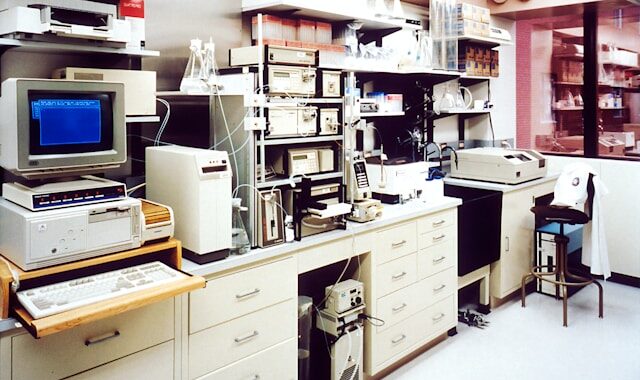Table of Contents
Are you among the millions who suffer from chronic back pain? If so, you’re not alone. This persistent issue affects daily life and can lead to frustration and discomfort. Many traditional treatments offer limited relief, prompting patients to seek innovative alternatives. One such option that is gaining attention is stem cell injections for back pain.
These cutting-edge therapies promise a new lease on life for those grappling with debilitating conditions like degenerative disc disease or spinal arthritis. But what exactly are these injections, how do they work, and what benefits do they provide?
Let’s dive deeper into this promising treatment to illuminate its potential impact on your health and well-being.
Benefits of Stem Cell Injections for Back Pain
Stem cell injections for back pain offer several advantages, making them an appealing option for those seeking relief. One of the primary benefits is their potential to regenerate damaged tissues. Unlike conventional treatments that may only mask symptoms, stem cells can promote healing at a cellular level.
Another significant benefit is the reduction in inflammation. Chronic back pain often stems from inflammatory conditions. Stem cells possess anti-inflammatory properties that help soothe irritation and swelling in affected areas, allowing patients to experience improved comfort.

Moreover, these injections are minimally invasive compared to surgical options. This means less downtime and quicker recovery periods for patients eager to return to their daily routines without prolonged interruptions.
Stem cell therapy also has a lower risk of complications than traditional surgery or long-term medication use. Patients often report fewer side effects associated with this treatment method since it relies on natural processes occurring within the body.
How Stem Cell Injections Work
Stem cell injections for back pain are a revolutionary approach in regenerative medicine. The process begins with qualified stem cells from a healthy donor. These cells possess unique properties that allow them to develop into various tissues, making them ideal for healing damaged areas.
The stem cells undergo preparation in a laboratory setting. This step is crucial as it optimizes their viability and potential effectiveness. After processing, these concentrated stem cells are ready for injection.

The next phase involves administering the stem cell solution directly into the affected area of the spine or surrounding tissues. This targeted delivery aims to maximize healing benefits where they’re most needed.
After injection, these potent stem cells begin their work by promoting tissue regeneration and reducing inflammation. They release growth factors that stimulate repair mechanisms within damaged discs and joints, improving mobility and alleviating pain.
Patients often experience minimal downtime following this procedure since it’s minimally invasive compared to traditional surgeries. Most can return to daily activities quickly while allowing their bodies time to heal naturally.
Many patients participate in medical tourism taking advantage of the minimal downtime. Beyond Cellcare can be your guide in Mexico.
Success Rates of Stem Cell Injections
Stem cell therapy has gained attention for its potential to treat various medical conditions, particularly in regenerative medicine. The success rates of stem cell injections can vary significantly based on multiple factors, including the type of condition being treated, the source of stem cells, and individual patient characteristics.
Factors Influencing Success Rates
- Condition Being Treated: Certain conditions respond better to stem cell therapy than others. For instance, autoimmune diseases like multiple sclerosis and rheumatoid arthritis have shown promising results, with some studies indicating an 85% survival rate for patients receiving stem cell transplants for these conditions. Conversely, conditions like viral infections do not benefit from stem cell treatments.
- Patient Health and Immune Response: A patient’s overall health and immune system status significantly affect treatment outcomes. Healthier patients tend to experience better results due to their bodies’ enhanced ability to recover.

Reported Success Rates
- General Patient Feedback: A survey indicated that about 87.5% of patients reported feeling better at least three months post-treatment. Including improvements in stamina, cognitive functions, and overall quality of life.
- Joint Injuries: In studies focusing on joint injuries treated with stem cell injections, approximately 77% of participants perceived their treatment as successful, with 72% willing to recommend it to others. Specifically, knee injections showed an 85% success rate.
- Long-term Outcomes: Long-term success rates can vary; many patients notice significant improvements within three to six months post-treatment. For certain conditions like multiple myeloma, studies show a survival rate of about 79% after three years following treatment.
Stem Cell Therapy in Mexico
Stem cell therapy in Mexico has emerged as a sought-after option for individuals seeking treatment for back pain. Many clinics across the country offer advanced stem cell procedures at competitive prices, attracting international patients who wish to alleviate their discomfort without breaking the bank.
With its promising results and affordable options, stem cell therapy in Mexico is becoming a viable pathway for those suffering from chronic back pain looking beyond conventional treatments.
